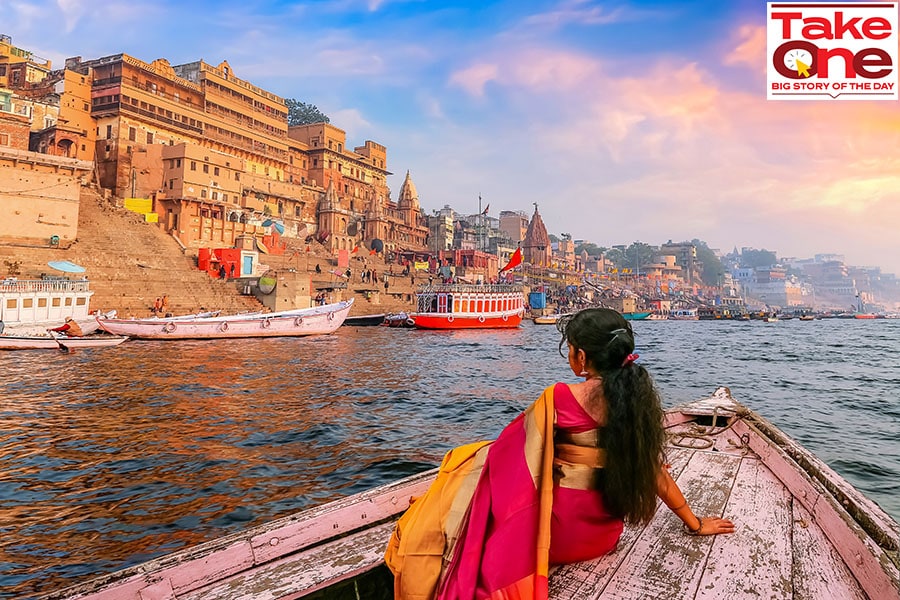
Sky high: Despite hurdles, the travel and hospitality industry soars in 2023
Outbound travel surged, Indian travellers embraced spiritual journeys and fuelled sustainable trends this year. However, experts hope for a better revival for inbound tourism in 2024
 Spiritual tourism rapidly gained momentum in India with religious destinations seeing record visitations in 2023. Image: Shutterstock
Spiritual tourism rapidly gained momentum in India with religious destinations seeing record visitations in 2023. Image: Shutterstock
“It was a landmark year for tourism given it was the first full year of business after Covid-19,” says Ashish Gupta, consulting CEO of the Federation of Associations in Indian Tourism and Hospitality (FAITH). Although factors such as GoFirst’s insolvency, the war in Ukraine, the emerging conflict in the Middle East, and the tense India-Canada relations, along with increasing inflation and fuel prices, have impacted the industry adversely, travel demand remained resilient, showing no signs of decline.
Recent independent reports by online travel aggregators and travel companies state that Indian travellers took an average of 2.9 vacations in 2023, up from 2.5 vacations in 2022. Additionally, the average per-trip spending of Indian travellers increased up to 20 percent in 2023 compared to previous years.
"The travel industry is currently experiencing an unprecedented peak in gross booking value (GBV). All major sectors, including air, hotel, bus, and train, have not only rebounded but have surpassed pre-pandemic GBV levels," says Karthick Prabu, the head of strategy at Cleartrip.
Among some of the highlights that worked for the industry were the G20 summit hosted in India, the IPL, and the cricket World Cup, which kept occupancies and average room rates on a high, according to FAITH’s Gupta.
Trending in 2023
Leisure travel firmly established its dominance, commanding both domestic and international travel, informs Prabu. The allure of visa-free travel options provided by countries such as Malaysia, Sri Lanka, Thailand, and Kenya fuelled a growing demand for outbound travel, he says.








